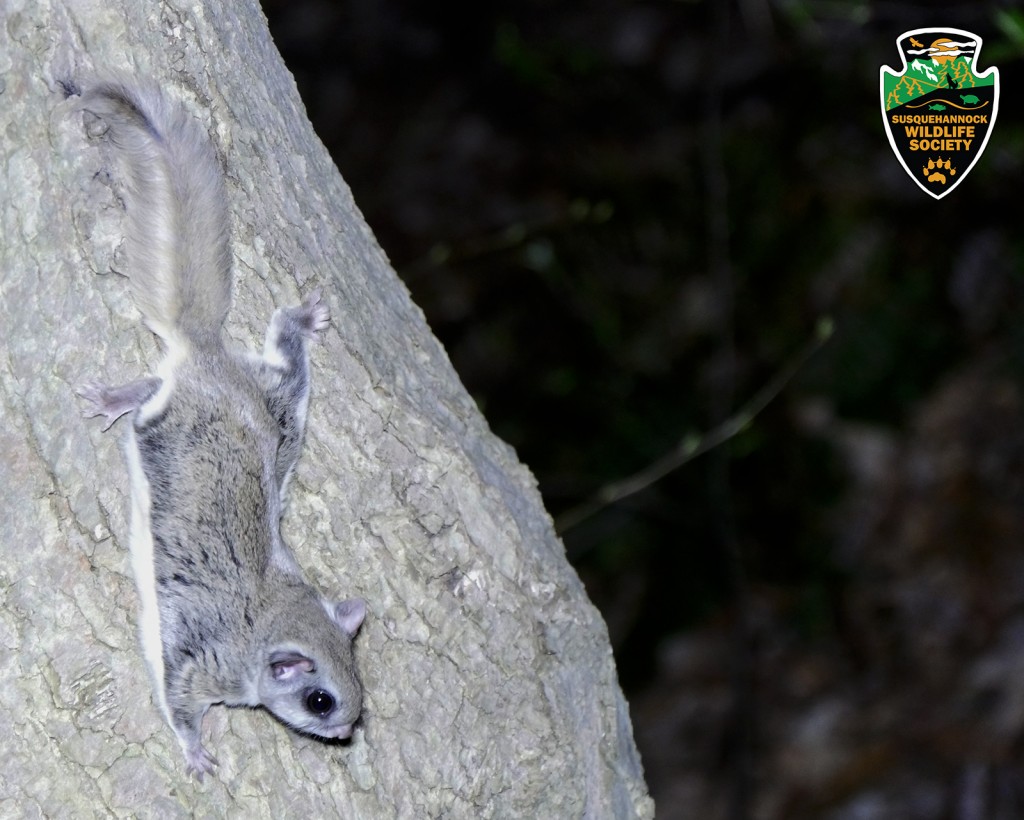Flying squirrels are nocturnal and therefore rarely seen. Because of this, they are much more common than most people realize. They don’t actually fly as their name suggests, but use their skin flaps to help them jump and glide from tree to tree, to find food and avoid predators. They are truly a unique part of our forest ecosystem and we are glad we could help save these three sisters and return them to the wild where they belong.
In this wildlife rehab update we have the release of three female southern flying squirrels. These squirrels were brought to Chadwell Animal Hospital by a concerned citizen after having fallen from their nest. One of the babies had a broken femur and was feared to be non-releasable. Under the supervision of wildlife rehabilitator, Barbara Connor of Wildlife Rescue, Inc, apprentice rehabber Melissa Goodman of Susquehannock Wildlife Society overwintered the flying squirrels, feeding them a specialized formula every 2-3 hours for the first few weeks until their bones grew strong and they were slowly weaned onto solid foods. The broken femur soon healed and all three began to grow quickly. Throughout the winter and early spring the squirrels ate well, however to ensure their future survival, it was important to keep Human interaction at a minimum so that they wouldn’t associate humans with food.
Once verified to be healthy, we searched out a location where other flying squirrels had been seen and placed the squirrels near some tree cavities that could provide proper habitat.
** Filmed by Andy Adams and Scott McDaniel. Narration, music, and editing by Scott McDaniel.


